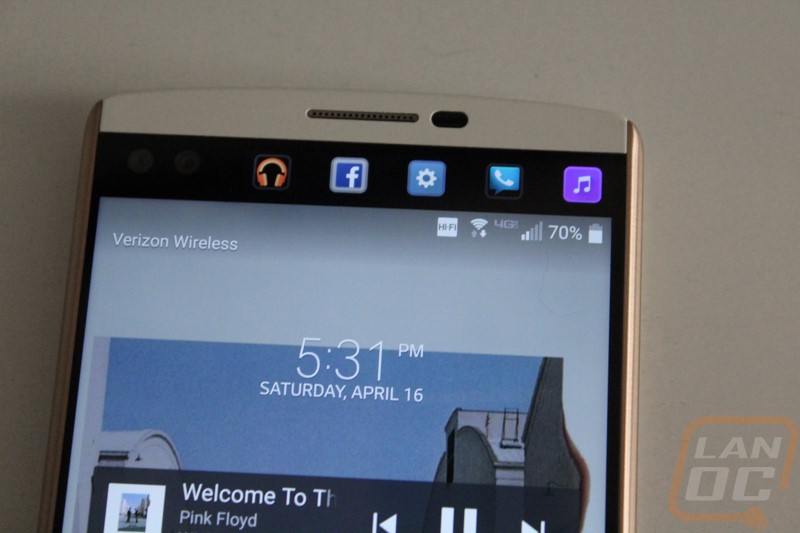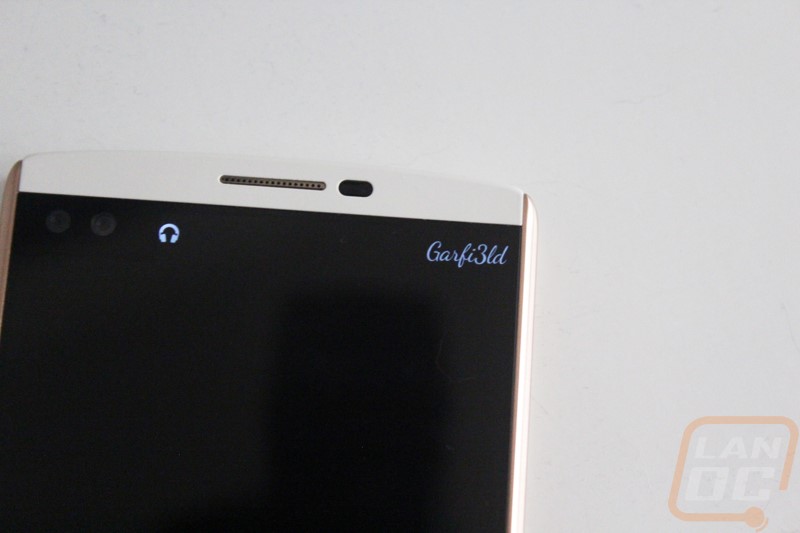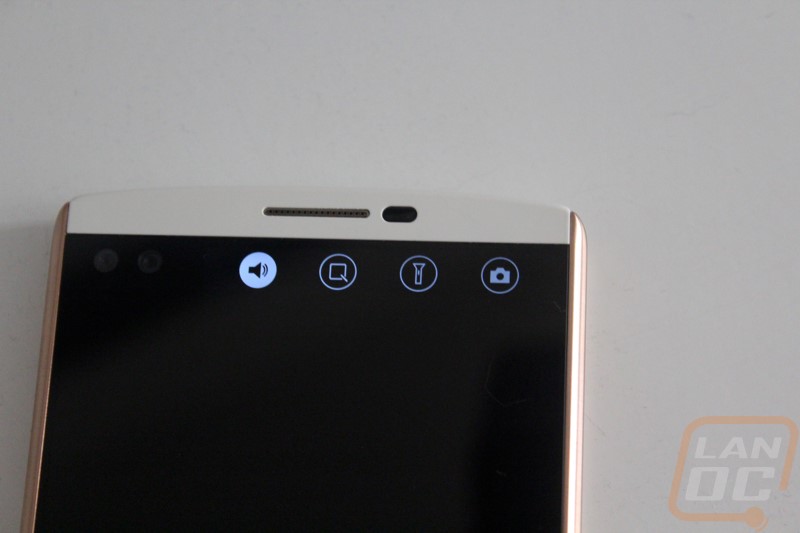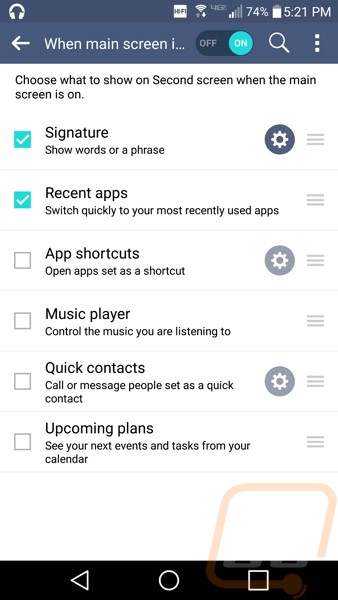Performance
With the LG V10 being a more premium model it was no surprise really that they went with a Qualcomm Snapdragon chipset. They went with the MSM8992 808. The 808 is a little different than the 801 that we last had in the office. The 801 had higher clock speeds and four cores where the 808 is a hexa-core configuration with a 4 core CPU and then a second 2 core CPU. The 808 is capable of 2GHz but the V10 runs each of the six cores at 1.82GHz, the split CPU configuration would be a lot more interesting if they used the two CPU cores at a higher clock speed for situations that multiple cores aren’t taken advantage. The 808 has an Adreno 418 for its GPU. For being a higher end phone I feel like they did leave a little on the table with the 808 and 418 configuration but I will find out for sure in our benchmark suite.
To start things off I tested the V10 in a few different browser based benchmarks. These test Java performance as well as other aspects of browser performance. Given a lot of apps run through a browser this is a great look at everyday performance. In Browsermark and Octane the V10 performed very well. These are both tests that test a wide variety of things. In SunSpider the focus is specifically on Java performance and here the V10 fell on its face and came in the middle of the pack with phones a few years old.



Next I wanted to check out the performance of the 6 cores as well as the Adreno 418 in gaming. To do this I tested using 3DMark and Basemark X. For 3DMark I used Ice Storm Unlimited like we have in the past and also tested with the new Sling Shot benchmark. In Ice Storm the V10 performed okay, but still well below the Galaxy S6 and the Note 4. In Sling Shot the V10 out performed the Note 5, but the Note 5 isn’t exactly a top performer. It will be interesting to see how it compares to other phones in the future. In Basemark X the V10 came in at the bottom of our charts in both the high and medium settings. All in all the V10 isn’t exactly a top performer for gaming but it will hold its own.



In Androbench I test the read and write performance of the memory on the V10. This isn’t something that everyone considers but when using your phone storage performance makes a big difference in load times and the overall feel when navigating. The V10 had a 235MB/s read speed and 108MB/s write speed. This put it below both the S6 and Note 5 that I have tested in the past but ahead of the older Note 4. LG could make a big improvement here, especially on the read speed performance.

Next I wanted to see the CPU’s individual performance so I tested using the Vellamo single and multi core tests. I also slipped in the browser benchmark as well. With the V10 having the six core Snapdragon 808 I was really expecting to see it stand above the crowd in the multi core testing but surprisingly it didn’t. The same goes for the single core performance but I expected this with its lower clock speed. I think the clock speed ended up hindering the multi core performance as well.

For overall performance testing, just like in our PC testing, I went to PCMark to see how the V10 performed as a whole. I also tested using Basemark OS II for a little balance. With the V10 not really shining in any individual benchmark the PCMark performance was very surprising. It came in above both of the S6’s and just below the Note 5. In Basemark OS II the results were closer to what I expected with the V10 below the Note 5 and S6 by a large margin.


For my last benchmark I ran the V10 through the PCMark battery benchmark. This test runs the PCMark work benchmark on loop from 100% battery life to 10% battery life and then we graph how long it lasted. This is basically a worse case situation as even talking on the phone all day will put the phone under less load than a GPU and CPU benchmark on loop. With a 3000mAh battery I expected good things from the V10 but was surprised when it came in closer to the bottom of the charts. Mind you this test is run at the end of our testing so it’s not a fresh battery but I was expecting it to be close to the Droid Turbo.

The 5.7" IPS Quantum Display on the V10 was bright right out of the box. Like most of higher end phones on the market today it has a 1440 x 2560 resolution. With its 5.7 inch size this gives the phone a 513 Pixels Per Inch. Due to its size this doesn’t really put it high up compared to other phones but for comparison the iPhone 6 Plus has a ppi of 401 so you are still getting a lot of pixels in a small space for a crisp image.


What is unique about the V10 though is its small secondary screen. When you are using the phone you can have the second screen show recent apps, shortcuts, quick contacts, or even upcoming plans. By default, the screen also shows a signature. The phone will come with V10 as the signature but I switched mine to Garfi3ld as you can see below. The script looks great. When you have the screen locked you can set a completely different set of functions. These will only run in black and white and by default you get access to things like a button that turns your flashlight on.




Life with the buttons on the back of the phone wasn’t nearly as bad as in the past. I think a lot of this was because of the new larger power button that also has a finger print sensor in it. This let me set a password on the phone while being able to get in and out whenever needed. I typically don’t run a password on my phone for simplicity but this kept it just as simple and much more secure. I was even able to program multiple fingerprints including my wife so she could use the phone when she needed it.

Another feature of the V10 that slipped past me until the last bit of my testing was the inclusion of a 32 bit DAC. This is specifically only for use with the headphone jack, not the built in external speaker. It comes turned off by default, you have to plug a headset in and then find it in the settings to turn it on. That said its really nice to see premium audio being considered with phones. So how did it perform? Well there is a clear improvement in audio clarity but it does seem to optimize sound with a focus on bass more than I would prefer. To get the best performance you do need to put a few FLAC files on the phone for google music to pick up as the quality of the normal MP3s and on things like Pandora just don’t do it justice.



